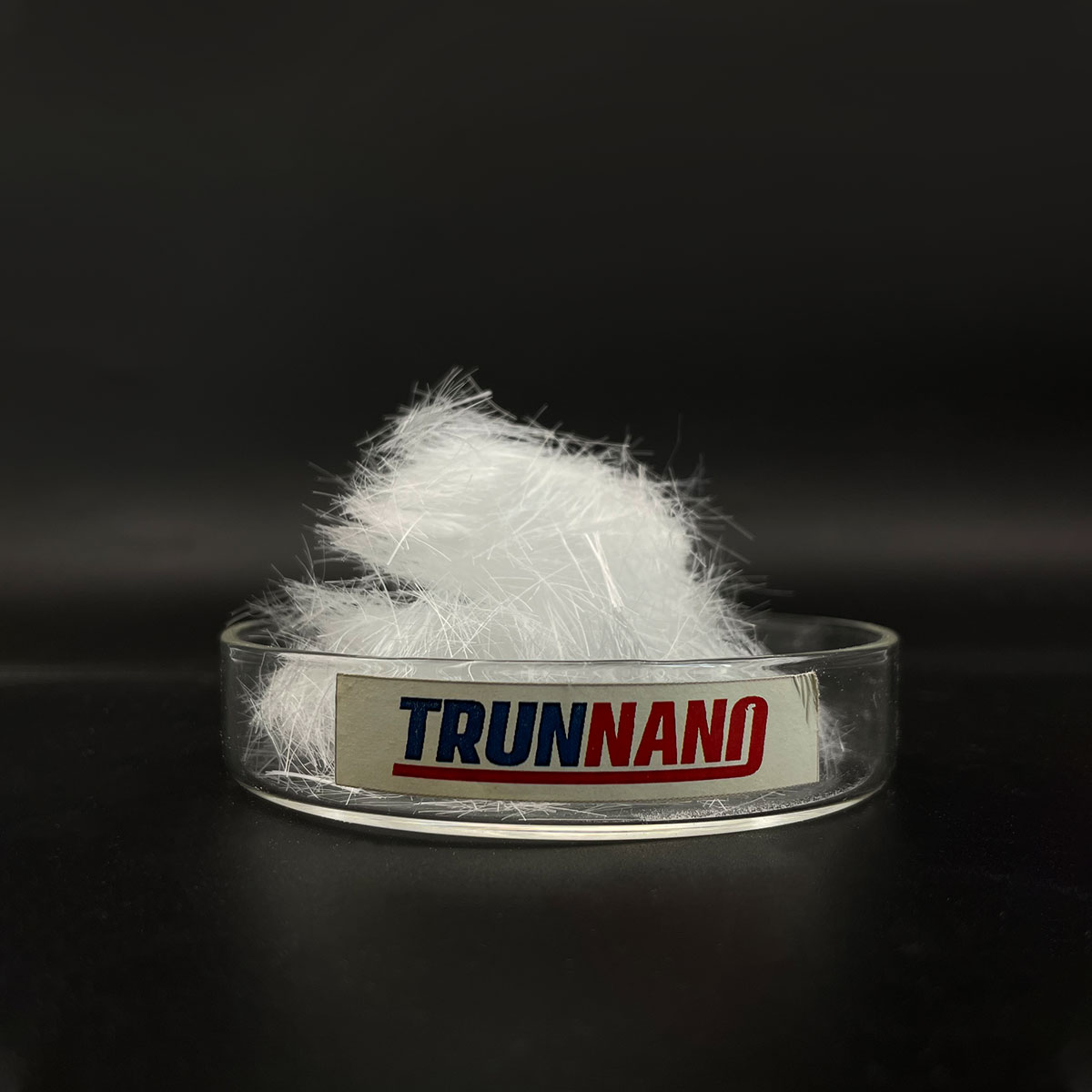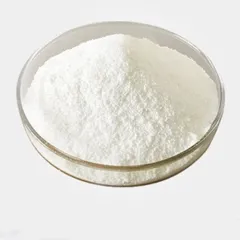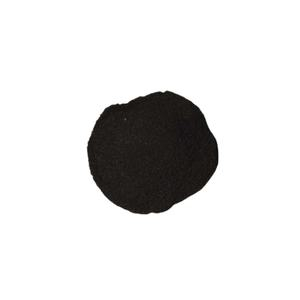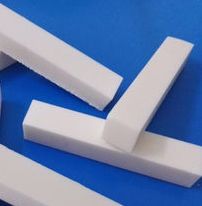Intro to PVA Fiber: A Game-Changer in Cementitious Composites
Polyvinyl Alcohol (PVA) fiber has actually emerged as a leading enhancing material in modern-day cement-based compounds, reinventing the efficiency and durability of concrete structures. Known for its high tensile stamina, exceptional bond with cement matrices, and remarkable resistance to alkaline atmospheres, PVA fiber goes to the center of innovative fiber-reinforced concrete (FRC) technology. Its combination into ultra-high-performance concrete (UHPC), engineered cementitious compounds (ECC), and strain-hardening cementitious products (SHCM) notes a substantial jump towards ductile, crack-resistant, and lasting building options.
(PVA Fiber)
Chemical and Mechanical Qualities of PVA Fiber
PVA fiber is an artificial polymer characterized by high hydrophilicity, moderate modulus of elasticity, and strong interfacial bonding with cementitious materials. Unlike steel fibers, which are susceptible to corrosion, or polypropylene fibers, which provide limited mechanical reinforcement, PVA fibers integrate adaptability with stamina– showing tensile strengths exceeding 1,600 MPa and prolongation at break around 6– 8%. Their microstructure enables reliable split connecting, energy dissipation, and post-cracking ductility, making them suitable for applications calling for toughness and impact resistance without jeopardizing workability.
Mechanism of Fracture Control and Ductility Improvement
The main function of PVA fiber in concrete is to regulate microcrack proliferation and boost post-cracking behavior. When evenly spread within the matrix, PVA fibers work as micro-reinforcement components that link fractures initiated during filling or shrinking. This mechanism significantly boosts flexural stamina, fracture toughness, and energy absorption ability. In Engineered Cementitious Composites (ECC), PVA fibers make it possible for strain-hardening actions, where the material exhibits several great cracks as opposed to catastrophic failure. This special residential property mimics the ductility seen in metals, changing generally fragile concrete right into a quasi-ductile material suitable for seismic-resistant and fatigue-prone frameworks.
Applications in Infrastructure, Repair Work, and Prefabricated Equipment
PVA fiber-reinforced concrete is increasingly utilized in framework tasks requiring high sturdiness and resilience. It plays a vital role in tunnel linings, bridge decks, water containment structures, and blast-resistant structures because of its capacity to stand up to spalling under extreme conditions. In architectural fixing and retrofitting, PVA-modified mortars offer improved bond, decreased contraction fracturing, and boosted long-lasting performance. Built components including PVA fibers take advantage of regulated splitting, dimensional stability, and much faster demolding cycles. In addition, its compatibility with automated spreading processes makes it appropriate for modular and 3D-printed construction systems.
Sustainability and Environmental Conveniences
Beyond mechanical performance, PVA fiber adds to sustainable building methods. By making it possible for thinner, lighter, and longer-lasting frameworks, it reduces overall material consumption and personified carbon. Compared to steel fiber-reinforced concrete, PVA fiber eliminates worries related to corrosion staining and galvanic deterioration, extending life span and lowering maintenance expenses. Some solutions now incorporate bio-based or partly eco-friendly variations, lining up with green building requirements and circular economy concepts. As ecological guidelines tighten, PVA fiber provides a feasible option that balances architectural stability with eco-friendly responsibility.
Obstacles and Limitations in Practical Application
In spite of its advantages, the fostering of PVA fiber deals with challenges associated with cost, dispersion, and healing level of sensitivity. PVA fibers are extra costly than conventional synthetic fibers, limiting their usage in budget-sensitive applications. Achieving consistent diffusion requires specialized blending methods, as inappropriate handling can cause balling or partition. In addition, PVA fibers are delicate to long term wet-dry cycling, which might influence lasting bond efficiency if not appropriately dealt with via fiber surface treatment or hybrid fiber techniques. Dealing with these concerns calls for ongoing study into economical manufacturing methods and efficiency optimization.
Advancements Driving Next-Generation PVA Fiber Technologies
( PVA Fiber)
Ongoing innovations in fiber design are expanding the capabilities of PVA fiber in building and construction. Surface adjustment strategies such as plasma treatment, etching, and finish with nano-silica or polymer layers are improving fiber-matrix interaction and resilience. Hybrid systems combining PVA with other fibers– such as carbon or lava– are being discovered to maximize mechanical buildings throughout various packing circumstances. Scientists are also establishing wise PVA fibers installed with noticing abilities for real-time architectural health and wellness monitoring. These developments are pressing the borders of what fiber-reinforced concrete can achieve, leading the way for smart, flexible structure products.
Market Fads and Worldwide Industry Expectation
The international market for PVA fiber in building and construction is growing steadily, driven by raising demand for high-performance concrete in Asia-Pacific, The United States And Canada, and Europe. Federal governments and sector leaders are buying resilient framework, calamity mitigation, and lasting urban growth– crucial motorists for PVA fiber adoption. Leading chemical and building product suppliers are expanding product, improving technical assistance, and teaming up with academic institutions to refine application protocols. Digital devices such as AI-driven mix design software program and IoT-enabled fiber application systems are further improving execution, enhancing efficiency, and making sure consistent high quality across large jobs.
Future Leads: Combination with Smart and Resilient Building Ecosystems
Looking ahead, PVA fiber will certainly play a main function fit the next generation of clever and durable building ecological communities. Combination with electronic twin systems will permit designers to replicate fiber-reinforced concrete behavior under real-world conditions, maximizing design before release. Breakthroughs in self-healing concrete including PVA fibers and microcapsules are anticipated to prolong structural lifespans and lower lifecycle prices. Additionally, as the construction sector welcomes decarbonization and automation, PVA fiber stands out as a crucial enabler of lightweight, high-strength, and eco receptive structure products tailored for the future.
Distributor
Cabr-Concrete is a supplier of Concrete Admixture under TRUNNANO with over 12 years of experience in nano-building energy conservation and nanotechnology development. It accepts payment via Credit Card, T/T, West Union and Paypal. TRUNNANO will ship the goods to customers overseas through FedEx, DHL, by air, or by sea. If you are looking for high quality first crack flexural strength pva fiber lightweight concrete poraver, please feel free to contact us and send an inquiry(sales5@nanotrun.com).
Tags: pva fiber,polyvinyl alcohol fiber, pva concrete
All articles and pictures are from the Internet. If there are any copyright issues, please contact us in time to delete.
Inquiry us







